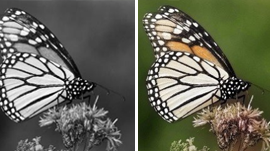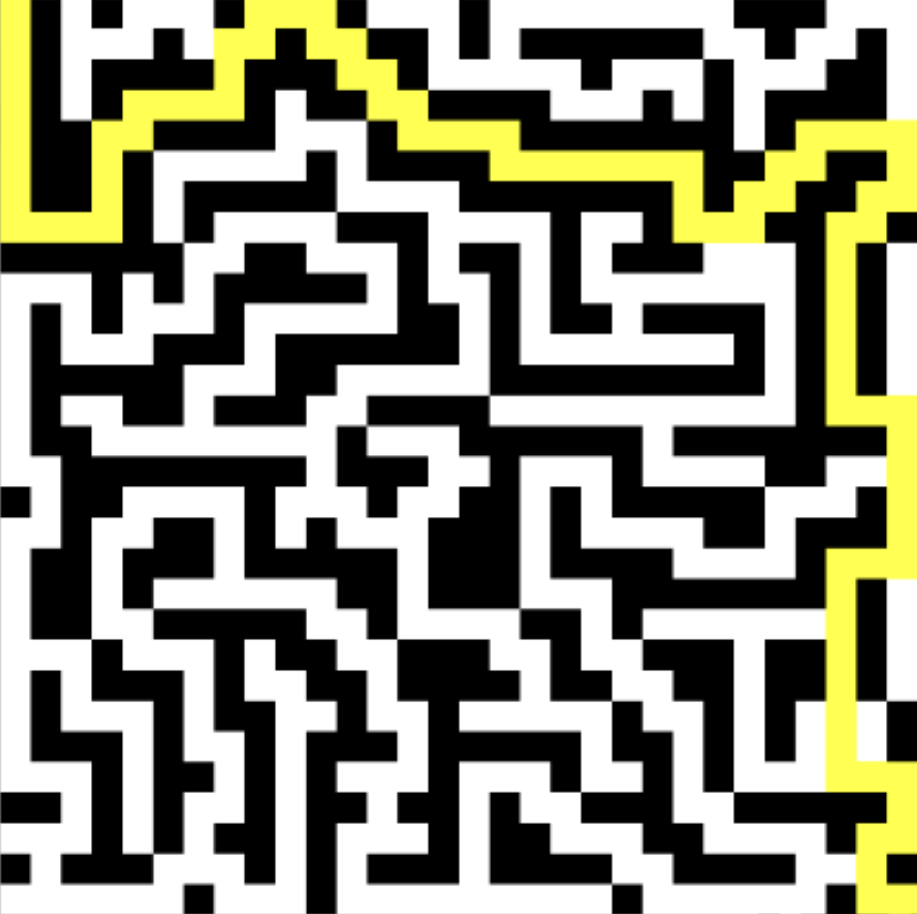Distinguishing People With Masks: A Machine Learning Project
The COVID-19 pandemic has reshaped our world in countless ways, with one of the most visible changes being the widespread adoption of face masks. As we navigate through our daily lives, we have become adept at quickly recognizing whether someone is wearing a mask or not. But have you ever wondered how a computer perceives this distinction?
In this blog post, we will explore the process of creating a machine learning project aimed at distinguishing people with masks. From the initial curiosity about how machines perceive facial features to the development of a model capable of making this distinction, we will delve into the intricacies of this fascinating project.
The Motivation
The inspiration for this project stemmed from everyday observations during the pandemic. Walking through crowded streets or entering public spaces, one could easily discern who was wearing a mask and who wasn't. However, as someone intrigued by technology and artificial intelligence, I began to wonder: How does a computer perceive this distinction?
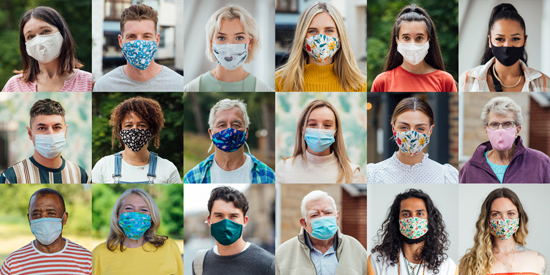
People wearing masks
For humans, recognizing whether someone is wearing a mask involves a combination of facial features, context, and intuition. But for a machine, this task presents unique challenges. Would the absence of a visible mouth confuse the algorithm? Could it learn to differentiate between masked and unmasked faces based solely on visual cues?
The Approach
To tackle this challenge, I decided to leverage the power of machine learning. The project involved several key steps:
Dataset Description:
For this project, I utilized the Face Mask Detection Dataset, which comprises 7,553 RGB images categorized into two folders: "with_mask" and "without_mask." The images are named according to their labels, indicating whether they depict faces with masks or without masks. Specifically, there are 3,725 images of faces with masks and 3,828 images of faces without masks. This dataset provides a comprehensive representation of masked and unmasked faces, allowing for robust model training and evaluation.

I gathered the dataset from Kaggle. If you also want to try out this dataset, follow the provided link and proceed with the download instructions to access the dataset for your machine learning projects.
Data Preparation:
After acquiring the dataset, the next crucial step was data preparation. I meticulously organized the images and split them into training, validation, and testing sets. Following best practices in machine learning, I allocated 70% of the data for training, ensuring that the model learns from a diverse array of examples. The remaining 30% was divided equally between the validation and testing sets, enabling us to assess the model's performance and generalize its learnings to unseen data.
By adhering to this rigorous data preparation process, I aimed to create a balanced and representative dataset that would serve as the foundation for our machine learning endeavors.
With the dataset primed and ready, we ventured into the realm of model development, where the true magic of machine learning unfolds.
The Model
For this project, I employed an image classifier machine learning model to differentiate between people wearing masks and those without. Leveraging the power of convolutional neural networks (CNNs), the model underwent a rigorous training process to learn the intricate patterns and features associated with masked and unmasked faces.
The CNN architecture enabled the model to analyze and extract relevant features from the input images, facilitating accurate classification. By leveraging convolutional layers, pooling layers, and dense layers, the model learned to discern subtle differences in facial features, thereby distinguishing between masked and unmasked individuals with commendable accuracy.
Through iterative refinement and optimization, the model evolved to achieve a high level of performance, demonstrating its ability to generalize across diverse datasets and real-world scenarios. With each training epoch, the model's understanding of masked faces deepened, enabling it to make informed predictions even in challenging conditions.
As a pivotal component of the machine learning pipeline, the image classifier model served as the cornerstone of our efforts to address the problem of face mask detection. Its robust architecture, coupled with extensive training and validation, laid the groundwork for accurate and reliable predictions, paving the way for practical applications in various domains.
With the model's capabilities honed to perfection, we embarked on the journey of deployment and integration, exploring opportunities to leverage its insights for real-world impact. From public health initiatives to security systems, the possibilities are endless, offering glimpses into a future where technology empowers us to tackle complex challenges with confidence and precision.
The Results
After extensive experimentation and refinement, the machine learning model achieved impressive results in distinguishing people with masks. With a high degree of accuracy, the model could reliably classify images as either masked or unmasked, demonstrating its ability to generalize across different individuals and environmental conditions.
The success of the project highlights the potential of machine learning in addressing real-world challenges, especially in the context of public health and safety. By automating the process of identifying individuals wearing masks, such technology could complement existing efforts to mitigate the spread of infectious diseases.
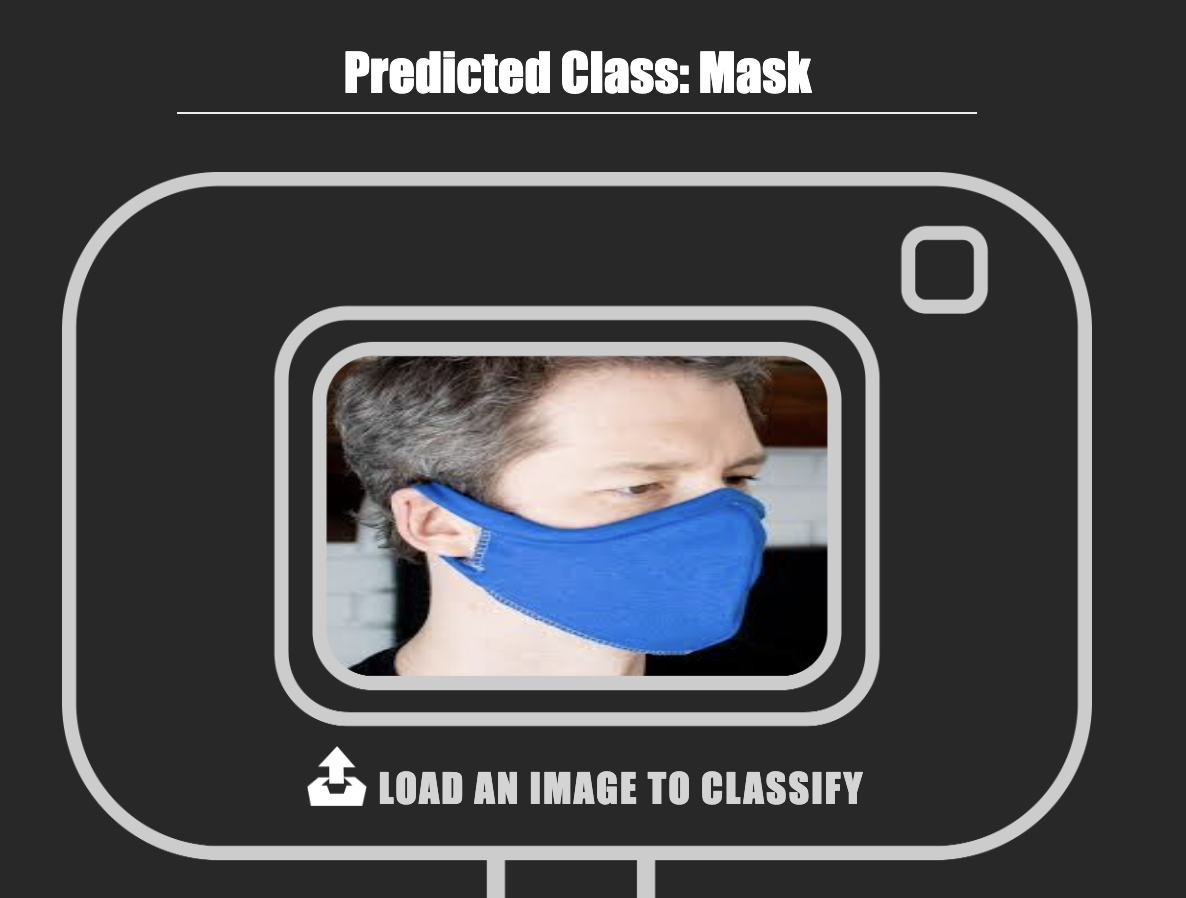
Correct prediction with mask
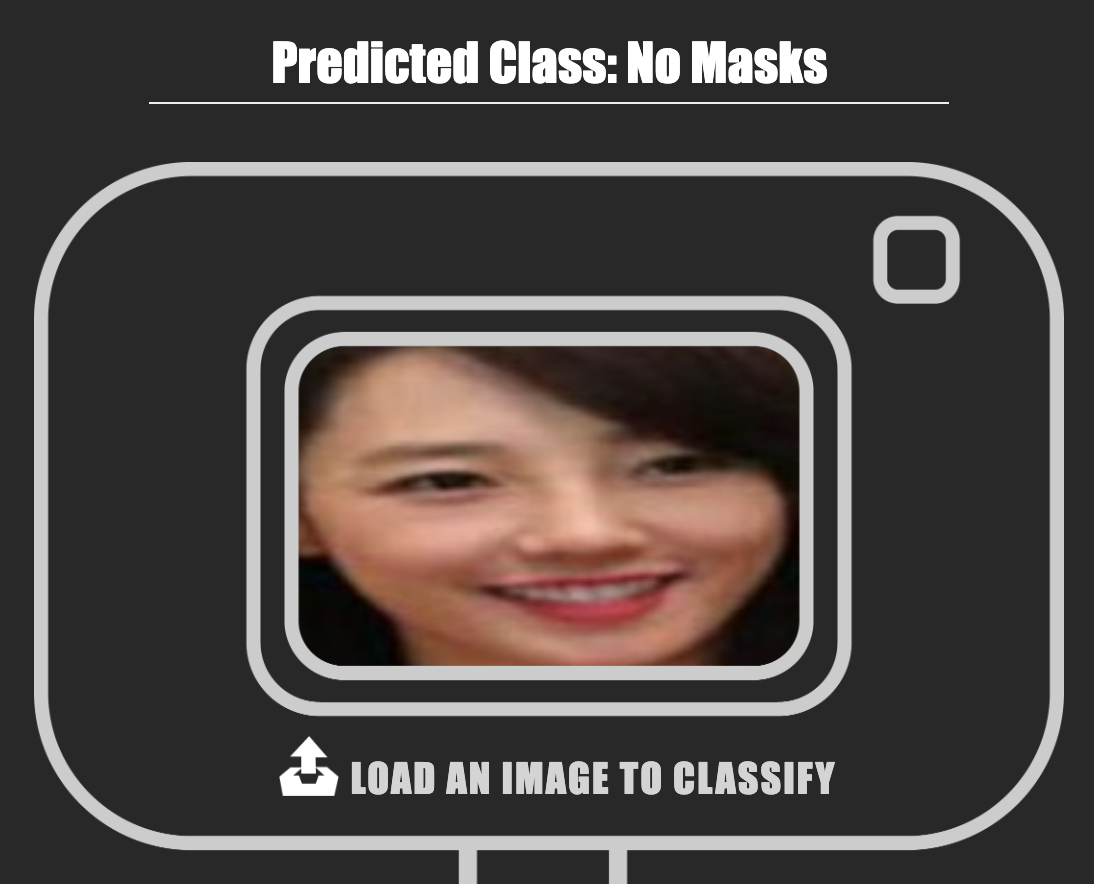
Correct prediction without mask
Improvements
However, the model that had great success at recognizing individuals with and without masks. It had some difficulty differentiating multiple people at once if they had mashs on or not. Therefore, next time we could improve the model by increasing the size and diversity of our training dataset, helping to equip our model to generalize across different scenarios, thereby enhancing its performance and robustness.
Conclusion
Now that I've delved into the intricacies of how machines can discern between masked and unmasked faces, I'm truly impressed by the level of advancement and accuracy achieved by these technologies. It's remarkable to witness how these algorithms can not only detect masks but also make accurate predictions even when the person is at a considerable distance.
The technology of today continues to astound me, showcasing the immense potential and versatility of machine learning in our everyday lives. From enhancing security measures to facilitating seamless interactions in public spaces, the applications of such advanced algorithms are boundless.
As we embrace the capabilities of modern technology, I'm filled with a sense of awe and wonder at the possibilities that lie ahead. With each new discovery and innovation, we edge closer to a future where machines and humans harmoniously coexist, empowered by the transformative potential of artificial intelligence.

